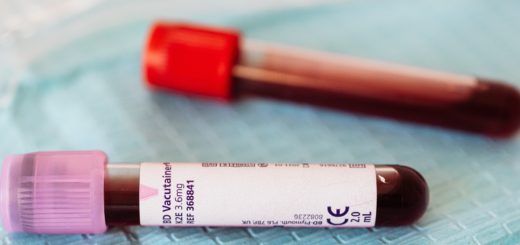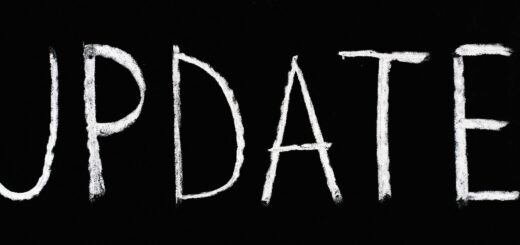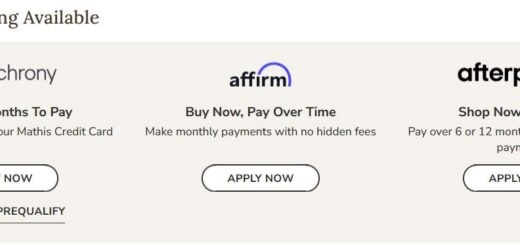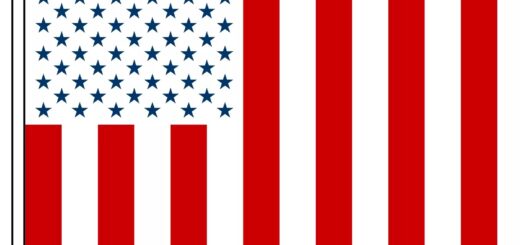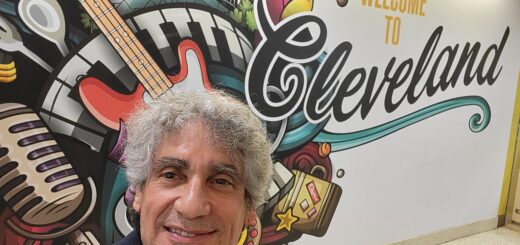Hannah Was Here
My beautiful niece Hannah died at age 17 after prolonged suffering because of a reaction to a commonly prescribed drug that she took as directed. She became one of the iatrogenic deaths that are the third leading cause of all deaths in the United states.
To be clear, this is not a case of medical malpractice. It was the standard of care at the time, probably still is.
Hannah had been prescribed the antibiotic minocycline for mild acne, not very different from the tetracycline I had taken for acne some 40 years before. Adverse reactions were thought to be rare, and fatalities not even considered to be possible. We now know that Drug Reaction with Eosinophilia and Systemic Symptoms is not nearly so rare as thought in 2011, and that there is a wide variety of commonly prescribed drugs that can trigger it. Hannah’s mother, my sister Nancy, wrote a book about Hannah, and created the DRESS Syndrome Foundation, to get the word out.
I have no reason the suspect that her eating habits were implicated in her death. Of course, her acne, like mine at that age, may well have been at least somewhat diet related.
It is 2011, and I visit Hannah and her parents at Cedars-Sinai Medical Center several times. I try to be helpful, but there is little I can do. Hannah is there for 102 days before succumbing, starting with heart failure and enduring through two open heart surgeries, implantation and removal of a BiVAD artificial heart, eleven resuscitations, and many other surgeries. I am fetching stuff for my sister, trying to liaise with the extended family, and generally feeling useless.
Occasionally while at Cedars, I went to the cafeteria for something to eat. There were a wide selection of popular choices, but little I could fit into my whole food, plant-based lifestyle. I think there was a small salad bar, and fresh fruit cups? The same was true, I’m sure, for the foods offered to patients. Hannah could not eat food or keep it down, but others could, and the food they got was created to get them to eat, not to provide great nutrition.
It occurs to me, I’m not sure how, that I can donate blood. Maybe I spied a sign for the blood donation center while on a Starbucks or cafeteria run. It might not help Hannah, but it could help someone. While donating whole blood, I learn that I could donate platelets, and that might help more people. It takes longer to donate platelets, but each donation may help multiple patients, and you can do it more times in a year.
When you donate blood or platelets, they encourage you to refortify afterwards with an offering of packaged cookies and snacks. All are highly processed, overly salted, full of added sugars and chemical ingredients to prolong shelf life, and essentially contain no nutritional value, just empty calories. I decline the snacks and juice, and do fine with just a bottle of water.
Hannah passed away, but I still donate platelets regularly in her memory, hoping it helps someone. I no longer go to Cedars to donate. I found a blood bank closer to home. They don’t always have the peanuts and raisins that I would eat, so I am going to bring some for myself, and to share with other donors who might not want Oreos or Doritos.
Why can’t hospitals have the minimal integrity it would take to feed their patients better food than the fare that sickened them and put them in the hospital? Why can’t blood banks encourage healthy eating to their generous donors?


